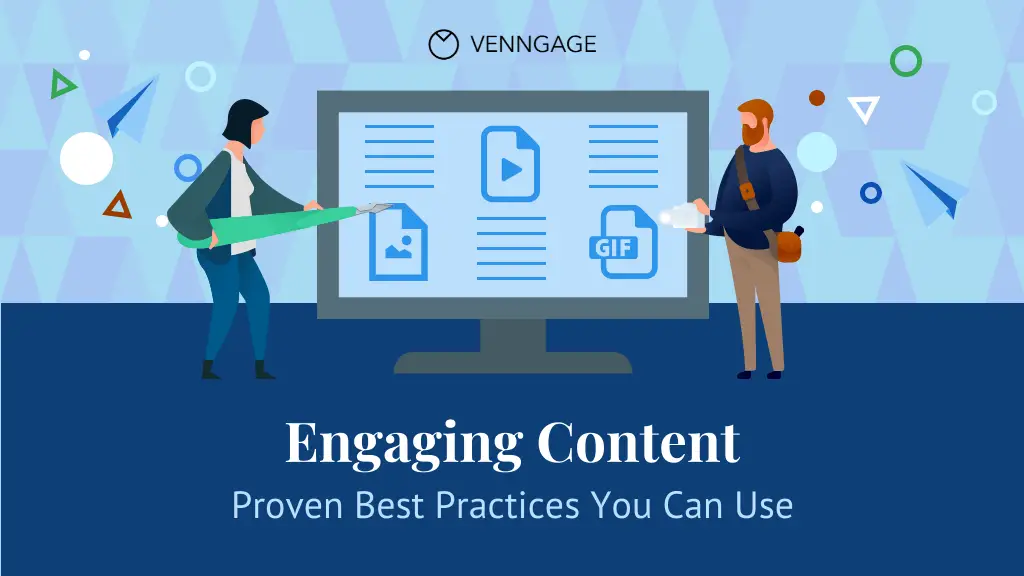If you’re searching for ways to make your blog visually captivating, look no further! In this article, we’ll explore some of the most effective methods for creating engaging visual content that will wow your readers and keep them coming back for more. From eye-catching images to infographics and videos, we’ll discuss a range of techniques that will help take your blog to the next level. So, grab your pen and notebook, and get ready to discover a whole new world of visual storytelling for your blog!
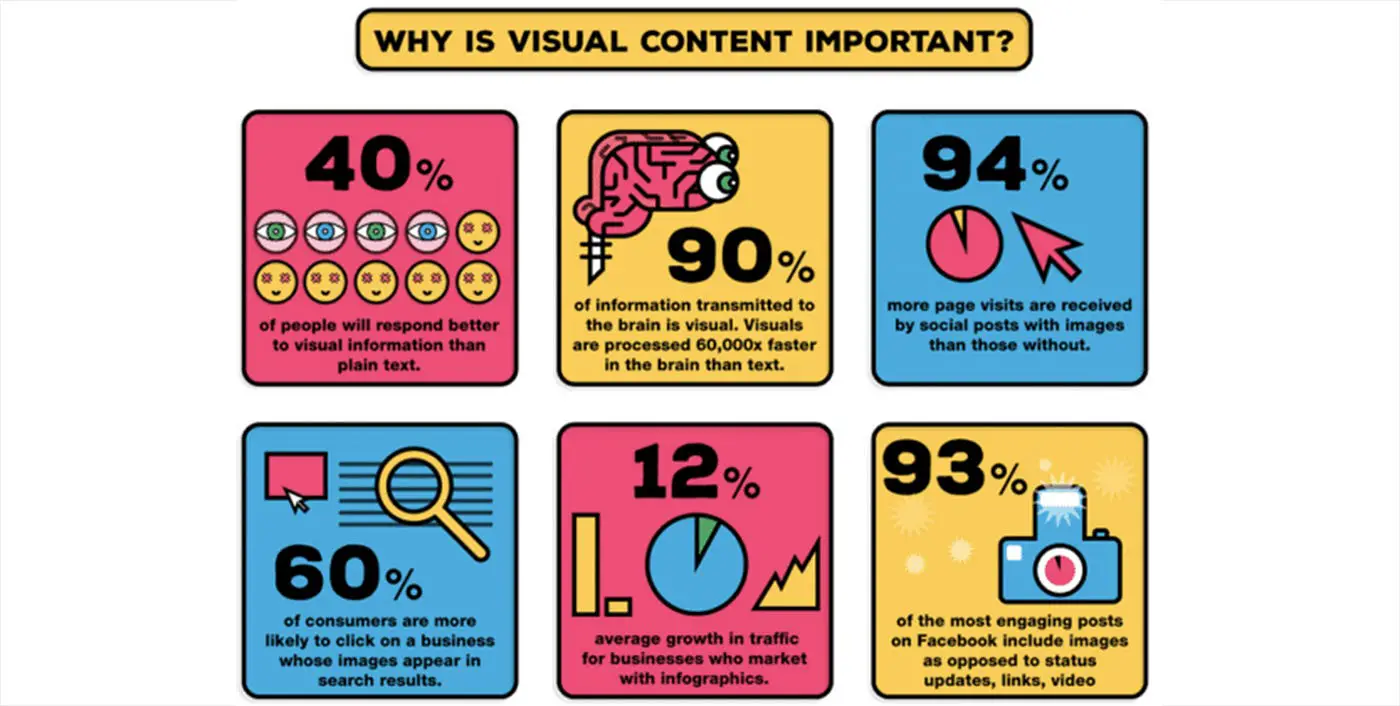
This image is property of miro.medium.com.
Use High-Quality Images
Choose high-resolution images
When it comes to creating engaging visual content for your blog, using high-resolution images is crucial. Low-quality or pixelated images can make your blog appear unprofessional and can be off-putting to your readers. So, make sure to choose images that are sharp, clear, and vibrant.
Optimize image file sizes
While high-resolution images are important, it’s also essential to optimize their file sizes. Large image files can slow down the loading speed of your blog, causing frustration for your visitors. Use image compression tools or plugins to reduce the file size without compromising on the quality of the image.
Consider using stock photos
If you don’t have the resources or time to take your own photographs, consider using stock photos. Stock photos are professionally captured images that can be licensed for use in your blog. There are numerous stock photo websites that offer a wide range of images on various topics. Choose images that align with your blog’s content and style.
Use professional photography services
For a truly unique and customized visual content experience, consider hiring a professional photographer. They have the expertise to capture high-quality images that perfectly reflect your blog’s theme and convey your message effectively. Professional photographs can add an extra layer of professionalism and authenticity to your blog.
Incorporate Infographics
Find reliable data sources
Infographics are an excellent way to present complex information in a visually appealing and easy-to-understand format. To create effective infographics, start by finding reliable data sources. Look for reputable websites, journals, or reports that provide accurate and up-to-date information related to your blog’s topic.
Create visually appealing designs
Once you have gathered the data, it’s time to design your infographic. To make it engaging, focus on creating visually appealing designs. Use colors that are consistent with your blog’s branding, and choose fonts that are easy to read. Consider using icons and illustrations to make the information more visually interesting.
Use charts and graphs to simplify complex information
Charts and graphs are powerful tools for simplifying complex information. Instead of bombarding your readers with walls of text, use charts and graphs to visually represent the data. Choose the appropriate type of chart or graph that best suits the information you are presenting, whether it’s a bar graph, line graph, pie chart, or scatter plot.
Utilize infographic templates
If you’re not a graphic design expert, don’t worry! There are plenty of infographic templates available online that can help you create stunning visuals for your blog. These templates provide a starting point and allow you to customize the design according to your needs. Look for templates that are user-friendly and offer a variety of layouts and designs.
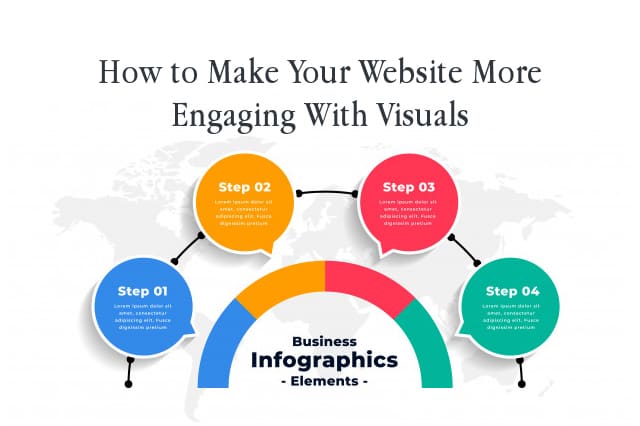
This image is property of www.goldenoakwebdesign.com.
Create Engaging Videos
Plan a storyboard or script
Creating engaging videos requires careful planning. Before you start filming, create a storyboard or script to outline the structure and content of your video. This will help you stay organized and ensure that your message is conveyed effectively. Consider incorporating a mix of visuals, text, and narration to make your video more engaging.
Film high-quality videos
To create captivating videos for your blog, invest in a good quality camera and microphone. High-resolution videos with clear audio can significantly enhance the viewing experience for your audience. Pay attention to lighting and backgrounds to ensure that your videos look professional and visually appealing.
Edit and enhance videos with software
Once you’ve filmed your video, it’s time to edit and enhance it using video editing software. There are many user-friendly editing tools available that allow you to trim footage, add text overlays, incorporate transitions, and adjust colors. Experiment with different editing techniques to make your videos more visually interesting and dynamic.
Add captions or subtitles
Including captions or subtitles in your videos can make them more accessible to a wider audience, including those who are hearing impaired or those who prefer to watch videos without sound. This feature also comes in handy when viewers are in a quiet environment or when the video is in a language they don’t understand. Use video editing software or online tools to easily add captions or subtitles to your videos.
Create tutorials or how-to videos
One of the most effective ways to engage your audience is by creating tutorials or how-to videos. Share your expertise and demonstrate step-by-step instructions on a particular topic relevant to your blog. These types of videos are not only informative but also provide value to your readers, encouraging them to stay engaged and come back for more.
Utilize GIFs and Animations
Create eye-catching GIFs
GIFs (Graphics Interchange Format) are short, looping animations that can add an element of fun and visual appeal to your blog. They are great for conveying emotions or reactions. Create or find GIFs that are relevant to your content and use them strategically to express certain points or create a lighthearted atmosphere.
Animate text and images
Take your visual content up a notch by animating text and images. Animations can make your blog visually engaging and capture the attention of your readers. Use animation software or online tools that allow you to add movement effects to your text and images. Be mindful not to overuse animations and keep them in line with the tone of your blog.
Use animation software or online tools
There are various animation software and online tools available that make it easy to create animations for your blog. These tools often come with pre-designed templates and a user-friendly interface, allowing you to create eye-catching animations even if you have no prior animation experience. Experiment with different effects and styles to find what works best for your blog.
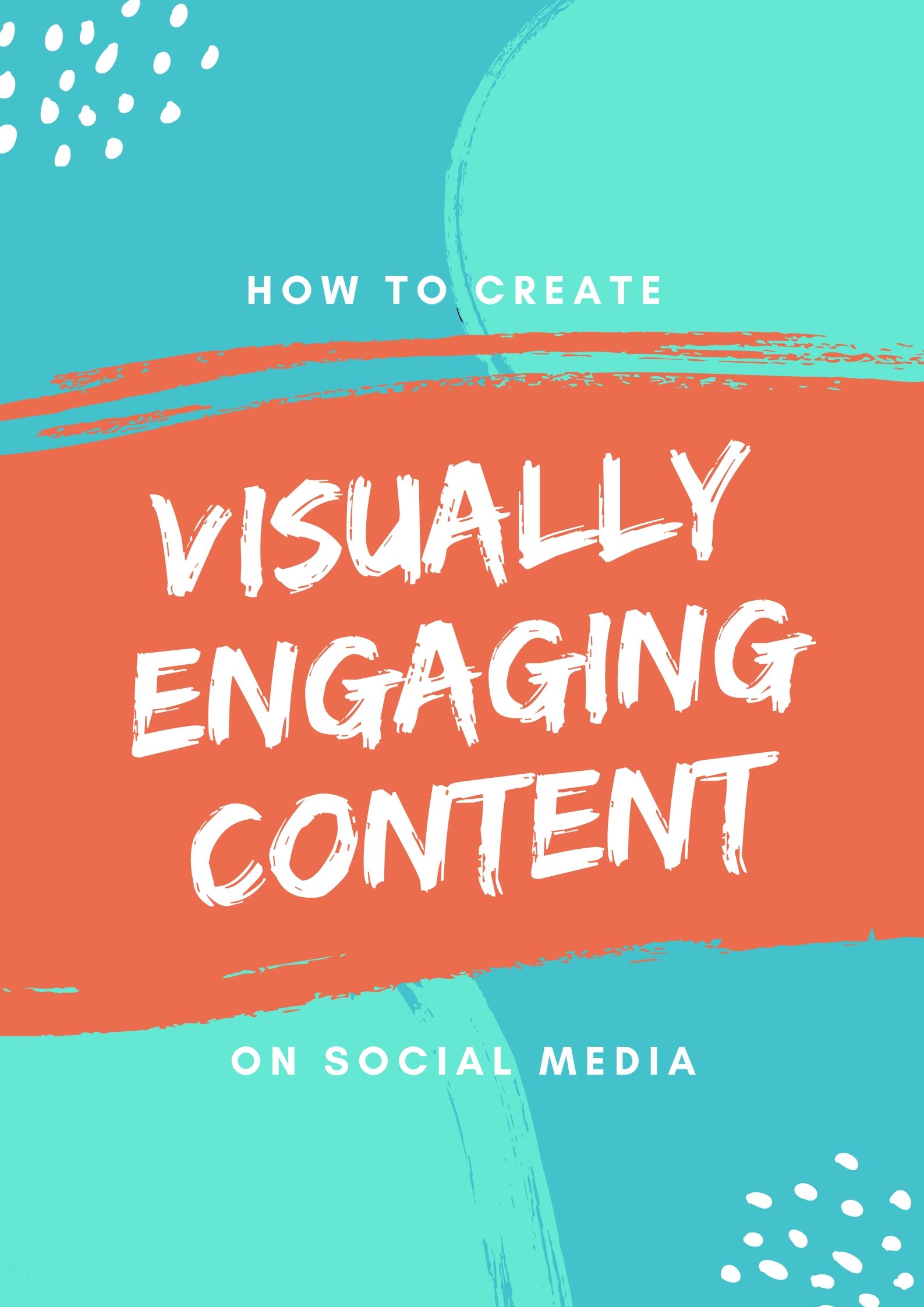
This image is property of fadedspring.co.uk.
Design Clear and Striking Call-to-Action Buttons
Use bold colors and contrasting elements
When designing call-to-action (CTA) buttons, it’s important to make them visually stand out. Use bold colors that contrast with the background of your blog to make the buttons easily noticeable. The use of colors can evoke emotions and prompt actions from your readers, so choose colors that align with your blog’s branding and the desired action you want your audience to take.
Make buttons easily clickable
The purpose of a call-to-action button is to encourage readers to take a specific action. To make sure your buttons are easily clickable, use design techniques that make them look interactive and clickable. Add subtle shadows or effects that give the buttons a three-dimensional appearance, making them feel more tactile and encouraging clicks.
Include compelling text on the buttons
In addition to visual appeal, the text on your call-to-action buttons is crucial. The text should be concise, compelling, and clearly convey what action the reader will take by clicking the button. Use action-oriented words such as “Sign up,” “Download,” or “Learn more” to motivate your audience to click. Experiment with different text styles and sizes to find what grabs the attention of your readers.
Implement Interactive Infographics or Maps
Use interactive tools or plugins
To create engaging visual content, consider implementing interactive infographics or maps on your blog. Interactive tools or plugins enable readers to interact with the visual elements, enhancing the user experience. Look for tools that are user-friendly and offer features such as zooming, scrolling, or tooltips that provide additional information when users hover over specific elements.
Allow users to explore information
Interactive infographics or maps provide an opportunity for readers to explore information at their own pace. Instead of presenting all the information in one static image, allow users to click on different sections or areas to reveal more detailed data or related content. This interactive approach not only keeps readers engaged but also encourages them to dive deeper into your blog’s content.
Include clickable elements for more details
To make your interactive infographics or maps more informative and engaging, include clickable elements that provide users with additional details. This could include pop-up boxes with explanations, links to related articles, or even embedded videos. By giving your readers access to more information with just a simple click, you provide them with a comprehensive and interactive experience.

This image is property of gecdesigns.com.
Use Data Visualization Tools
Utilize tools like Tableau or Google Data Studio
Data visualization tools like Tableau or Google Data Studio can be invaluable for creating visually appealing charts and graphs. These tools allow you to import and manipulate data, and then transform it into meaningful and engaging visual representations. Explore the features and capabilities of these tools to find the one that best suits your needs and the complexity of your data.
Create visually appealing charts and graphs
When using data visualization tools, focus on creating visually appealing charts and graphs. Choose the appropriate type of chart or graph that effectively displays the data, such as bar charts, line graphs, or pie charts. Pay attention to colors, labels, and titles to ensure clarity and readability. Experiment with different design options to find the style that fits your blog’s aesthetics.
Customize and manipulate data
Data visualization tools offer a range of customization options that allow you to manipulate and present the data in a compelling way. Add annotations, highlight specific data points, or create interactive features that provide more context. By customizing your visualizations, you can effectively convey your message and engage your readers with data-driven content.
Incorporate Memes or Humorous Visuals
Use popular memes or create your own
Memes have become an integral part of internet culture, and incorporating them into your blog can add a touch of humor and relatability. Use popular and relevant memes to enhance your content and connect with your readers. Alternatively, you can create your own memes that are tailored to your blog’s niche or specific topics you cover.
Ensure visuals align with your blog’s tone and audience
While humor can be an effective tool for engagement, it’s important to ensure that the visuals you use align with your blog’s tone and target audience. Consider the values, interests, and preferences of your readers when choosing memes or humorous visuals. Maintain a balance between being entertaining and staying true to the overall theme and message of your blog.
Inject humor to engage readers
Humor has the power to make content more memorable and enjoyable for readers. Injecting humor into your visuals can help create a positive and engaging experience for your audience. Whether it’s through clever captions, funny illustrations, or relatable situations, a well-placed dose of humor can not only make your blog more entertaining but also keep readers coming back for more.
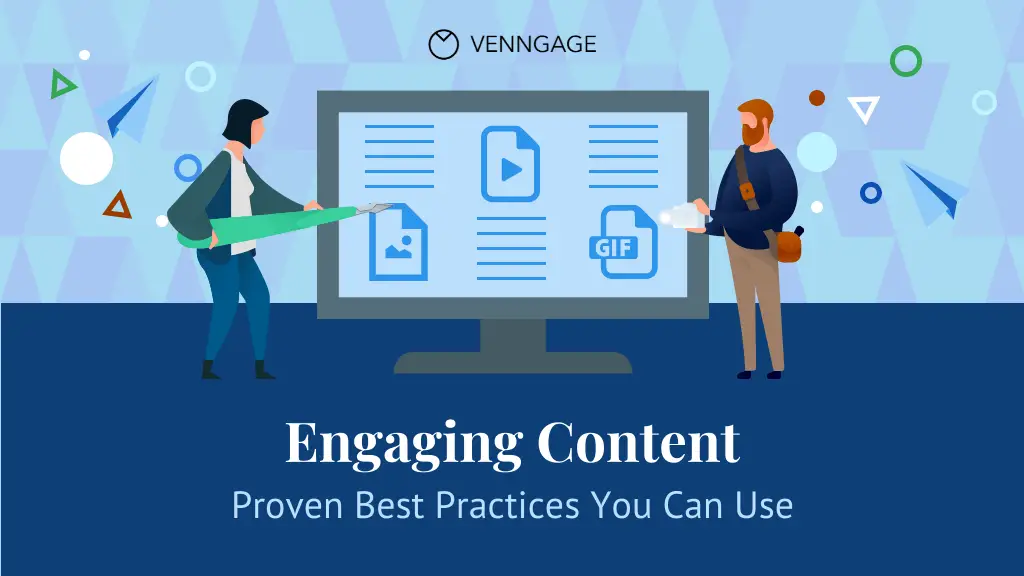
This image is property of venngage-wordpress.s3.amazonaws.com.
Create Attention-Grabbing Featured Images
Design visually appealing banners or headers
Featured images are often the first thing that catches the eye of your readers. To create attention-grabbing images, design visually appealing banners or headers that showcase the essence of your blog post. Incorporate elements such as captivating photographs, illustrations, or typography that align with your blog’s branding and topics.
Include relevant and compelling text
While visuals are important, including relevant and compelling text in your featured images can enhance their impact. Use attention-grabbing headlines or taglines that entice readers to click through and explore your blog post further. Make sure the text is clear, legible, and visually integrated with the overall design to create a cohesive and engaging visual experience.
Use high-contrast and vibrant colors
High-contrast and vibrant colors can make your featured images stand out and grab the attention of your readers. Consider using complementary color schemes or bold combinations to create visual impact. These striking colors can effectively draw the eye and communicate the energy and excitement of your blog post.
Experiment with Collages and Visual Storytelling
Combine multiple images to tell a story
Collages are a creative way to combine multiple images into a single visual composition. They can tell a story, convey a theme, or provide a snapshot of various aspects relevant to your blog post. Experiment with different arrangements, sizes, and shapes of images to create aesthetically pleasing collages that engage your readers and spark their curiosity.
Create themed photo collages
Themed photo collages can add a unique touch to your blog and make your content more visually appealing. Choose a specific theme related to your blog post and curate a collection of relevant images that evoke the theme or mood you want to convey. These collages can capture the essence of your blog’s content and create a visual narrative for your readers.
Use online collage makers
Creating collages doesn’t have to be complicated. Online collage makers provide user-friendly interfaces and a wide range of customization options to help you bring your visual ideas to life. These tools often offer drag-and-drop functionality, allowing you to easily arrange and resize images for your collages. Explore different templates and layouts to find the style that complements your blog’s aesthetics.

